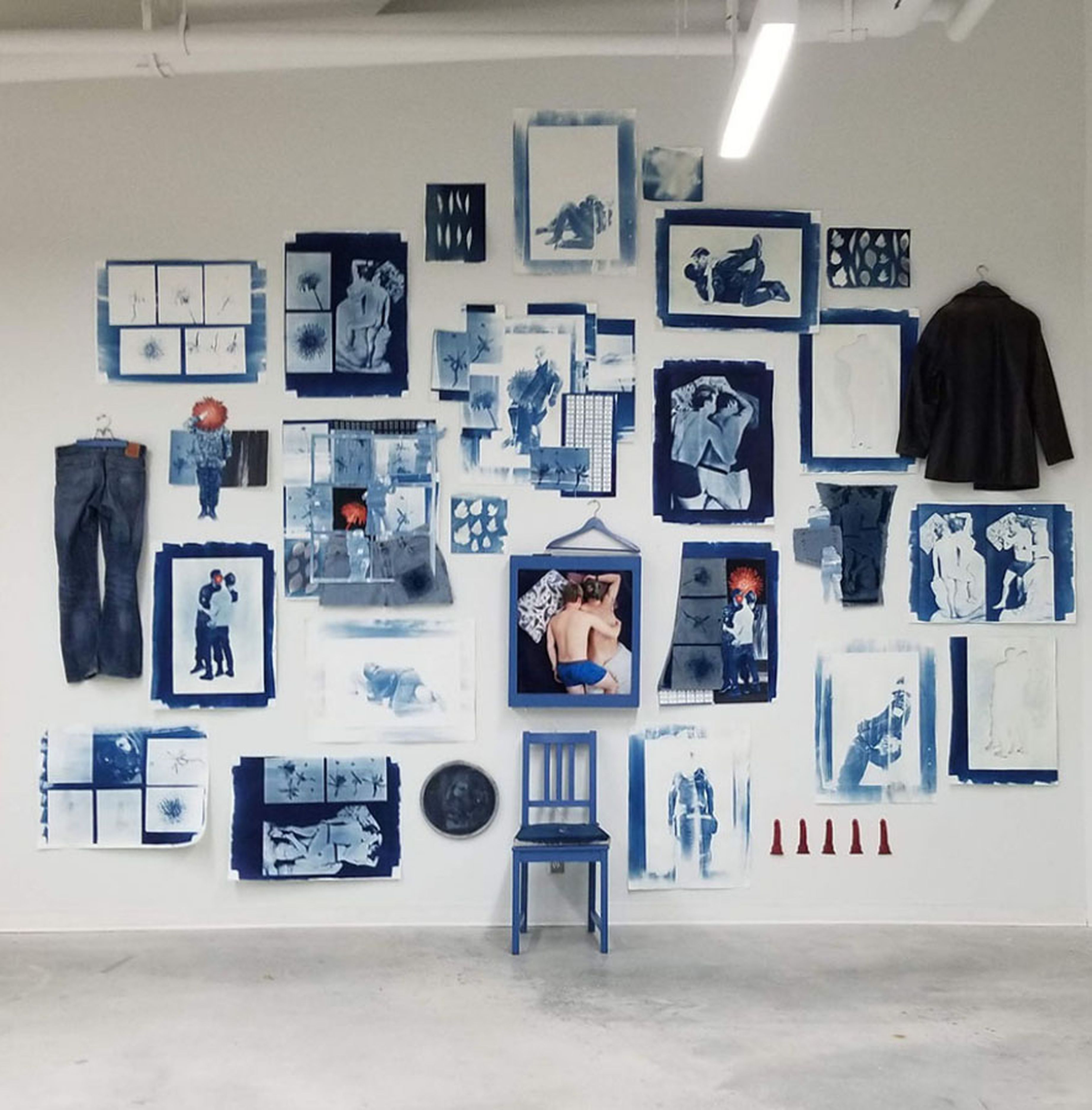What do trees torn down by a devastating storm and a dilapidated North End street have in common? Placed side by side at Gallery One One One, in the work of William Pura and Grace Nickel, they don’t seem like an odd pairing at all.
The exhibition is part of a series in the gallery showcasing work done by University of Manitoba School of Art faculty members over the summer. “We want to let people know what our faculty members do as artists,” explains Cliff Eyland, director of the gallery and professor of painting. “We have a closing for these shows in September when students are back, so they also get a chance to see work by the faculty.”
Grace Nickel’s installation of porcelain trees, titled Devastatus Rememorari, reflects her impression of Hurricane Juan’s destruction of Point Pleasant Park in Halifax in 2003. Certainly, seeing trees that one might have been scared to climb as a child taken down so easily by a storm was a devastating sight.
“I was entirely unprepared for the shock I experienced upon entering the park for the first time,” said Nickel, who created the piece as a graduate student at the Nova Scotia College of Art and Design, “I had been told by someone well-meaning that I wouldn’t notice the destruction, but the level of devastation was stunning, even three years after the hurricane.”
From a distance, the porcelain trees appear to be covered in bark, but a closer look reveals intricate detailing composed of text containing the words “Devastatus Rememorari” (Devastation remembered) written over and over. The text serves as decoration, while symbolically creating a new type of skin or bark growth.
“There is also the connotation of initials carved into trees, leaving a mark of identity and human presence, and also references to the text typically found on memorials and monuments,” explains Nickel.
Adjacent Nickel’s work is William Pura’s Logan Avenue photographs, documenting the notorious North End street. What first piqued the artist’s interest was the street’s lack of commercial frontage which so often acts as a shield to residential areas.
“In a way, Logan Avenue is stripped bare so that as you go from the oldest part of the city to the river, all the way out to the airport, and you see the layers of the city like the layers of an onion,” said Pura, “I’m no urban planner, but what got me interested were these strange combinations of buildings and relationships that you don’t find anywhere else.”
Although primarily a painter, Pura used digital photography to capture images of homes that look liveable or even beautiful, such as a quaint house glowing with Christmas lights, alongside bleak images of industrial wastelands.
Each photo reflects a clear human presence without actually showing any people. For Pura, this was a conscious decision, as he didn’t want the photos to be anecdotal. He said the absence of people “allows (viewers) to fantasize about what’s going on in these homes. We can create in our own minds a kind of narrative (for them),” he explained.
The approach presented its own kind of challenge, however. “When I was doing the photographs on Logan avenue, occasionally I was photographing somebody’s house and they’d come out, and there’s an awkward situation right there [ . . . ] ‘What do you think you’re doing?’” recounted Pura.
On the surface one could sum up the connection between Pura and Nickel’s work to broken trees and broken-down homes looking somewhat similar. But the deeper connection lies in how each artist has documented very different landscapes, each as devastatingly tragic as they are beautiful.
“Most of the time we just drive through it and we ignore it, but it’s a little like holding a mirror up to ourselves and saying this is our world,” said Pura of the connection, “In that sense they’re both documenting part of a landscape that we all know.”
The exhibition runs until Sept. 18. Gallery One One One is located in the Fitzgerald Building at the University of Manitoba.


